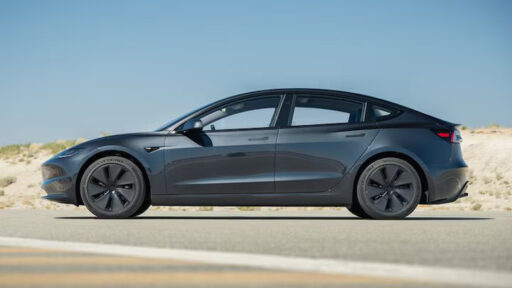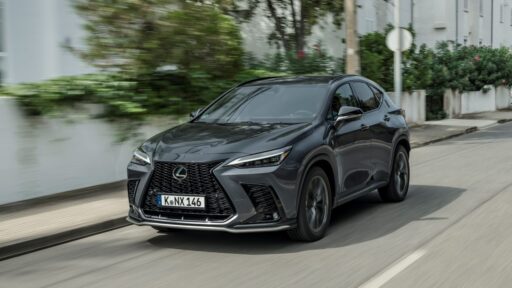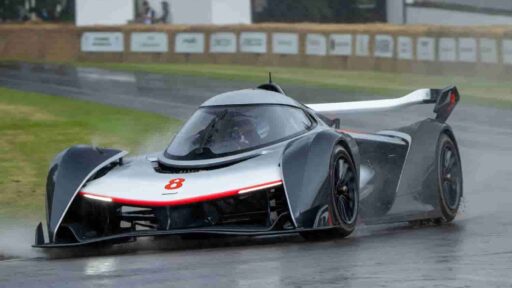Tesla appears to be feeling the pressure from declining sales and the surge of new competitors, prompting the revival of a special Model 3 variant that hasn’t been on the market for five years: the rear-wheel-drive Long Range. Before this reintroduction, Tesla’s refreshed Model 3 lineup included the rear-wheel-drive, single-motor Model 3 Standard Range (offering 272 miles of range), the all-wheel-drive, dual-motor Model 3 Long Range (341 miles of range), and the recently reintroduced dual-motor Model 3 Performance (303 miles of range). The return of the RWD Long Range model aims to offer a balanced package at a competitive price within the lower spectrum of the Model 3 family.
The entry-level Model 3 Standard Range faces increasing competition from models like Hyundai’s Ioniq 6, BMW’s i4, and Polestar’s 2, all of which are well-regarded sedan-shaped EVs with impressive range and performance. The Hyundai Ioniq 6, notably, has been available at attractive prices, and even before discounts, its most basic SE variant is cheaper than the least expensive Model 3. Additionally, Hyundai offers a rear-drive, single-motor, big-battery SE Long Range variant that rivals the Model 3 Standard Range in price while delivering up to 361 miles per charge. It’s evident that Tesla identified a gap in its Model 3 lineup similar to that of the Ioniq 6 Long Range, leading to the reintroduction of its comparable Model 3 variant.
READ MORE: The SEFI 5.0-Liter 1986 Ford Mustang GT: The Birth of Modern Performance
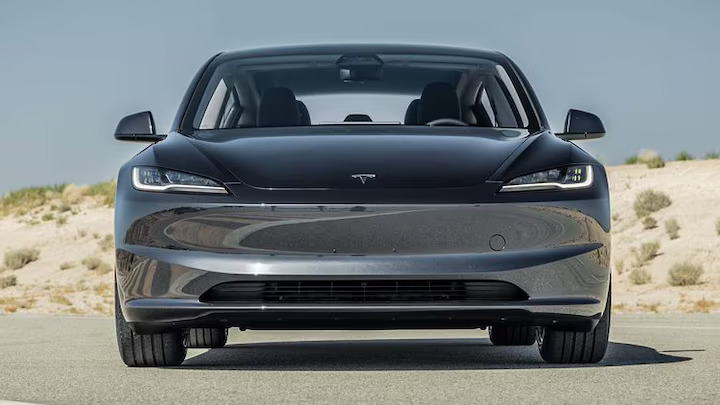
Significant Range and Competitive Pricing
As the name suggests, the new Tesla Model 3 RWD Long Range boasts an impressive driving range. Without the additional power draw and weight of the dual-motor setup found in the Long Range model, the single-motor Long Range achieves the highest range in the Model 3 lineup at 363 miles, just edging out the Ioniq 6’s 361 miles. Besides having a larger battery and greater range, the RWD Model 3 Long Range is also quicker, accelerating to 60 mph in a claimed 4.9 seconds compared to the Standard Range’s 5.8 seconds. Visually, there are no apparent differences between the Standard Range and Long Range single-motor Model 3s, so photos of the smaller-battery version are often used for reference.
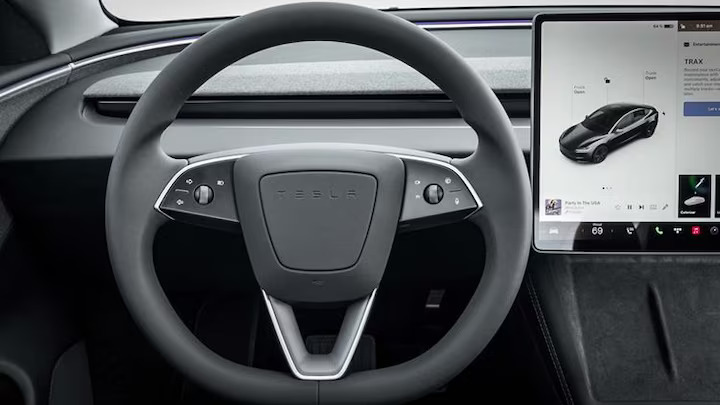
Pricing for the RWD Model 3 Long Range is attractive as well, starting at $44,130, only $3,500 more than the $40,630 Standard Range model. Adding complexity for the Standard Range, the RWD Long Range qualifies for the $7,500 EV tax credit, which the Standard Range does not, effectively reducing its price to $36,630 for eligible buyers. The dual-motor Long Range and Performance models also qualify for this tax credit, making their prices more competitive.
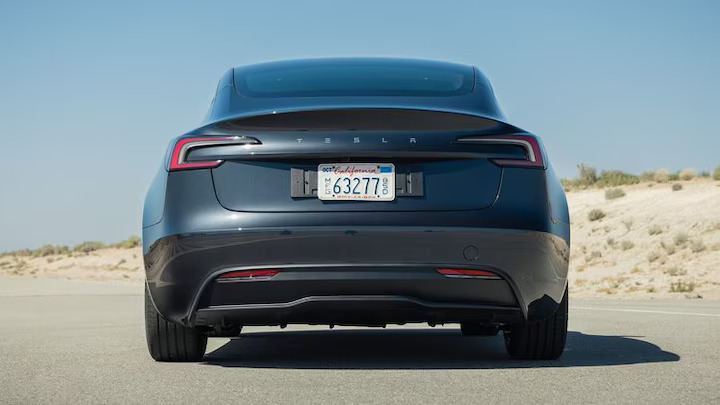
Comparisons and Market Position
For comparison, the 2024 Hyundai Ioniq 6 Standard Range (240 miles of range) starts at $38,650, with the Long Range variant (361 miles of range) priced at $43,600. Despite undercutting their Tesla counterparts, neither Hyundai model qualifies for the $7,500 EV tax credit when purchased, although Hyundai offers this as a bonus on leases, leading to affordable monthly payments. BMW’s i4 is priced higher, starting in the mid-$50,000 range, with its best range figures comparable to the entry-level Model 3 Standard Range. The Polestar 2 falls between these competitors, starting at $51,300 for the rear-drive Long Range variant (up to 320 miles of range) and $56,700 for the dual-motor Long Range model (up to 276 miles of range).

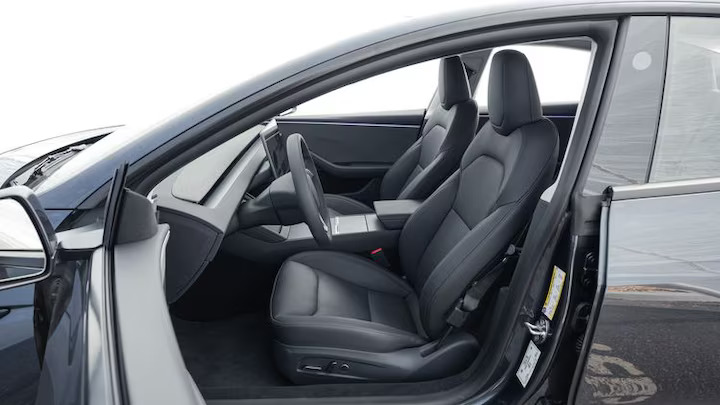
Should Tesla manage to source the Model 3 Standard Range’s battery to qualify for the $7,500 EV tax credit, it could further undercut its rivals. Meanwhile, the RWD Long Range model’s 363 miles of range and effective sub-$40,000 price (with the tax credit) make it a compelling option. Even the base Model 3 offers a robust set of features, outpacing the most basic Ioniq 6 in both equipment and speed.
READ MORE: One Charge Challenge: Explore Berlin, Germany on a Single Battery Charge
Subscribe today for the freshest car news delivered to your inbox
